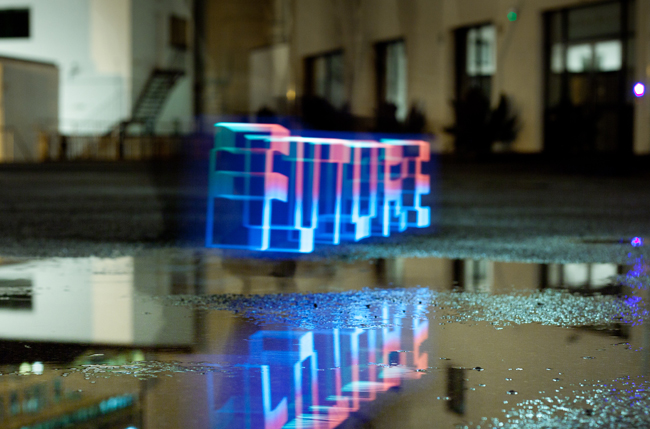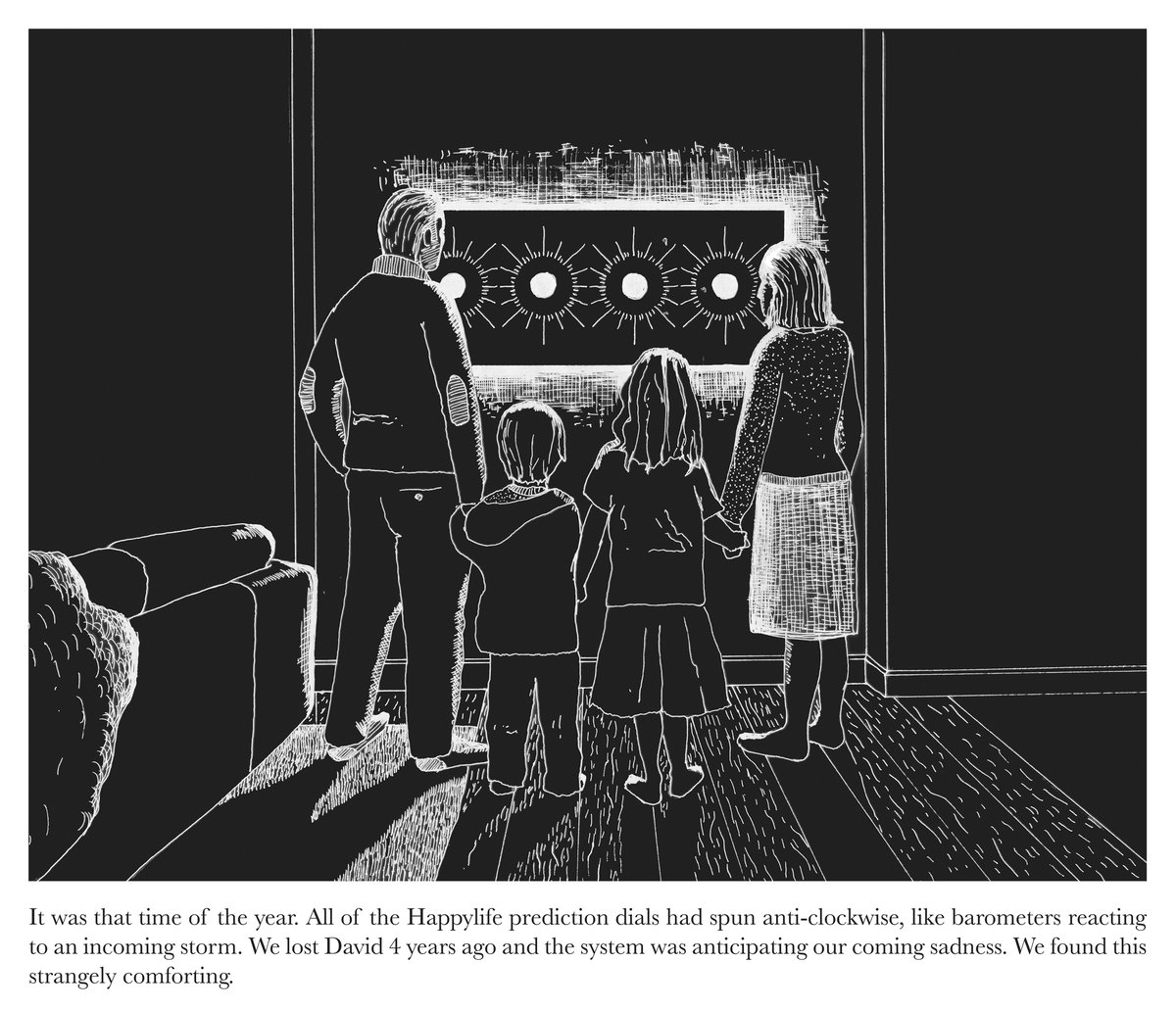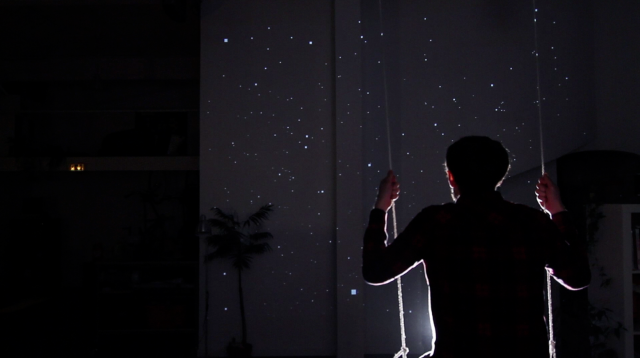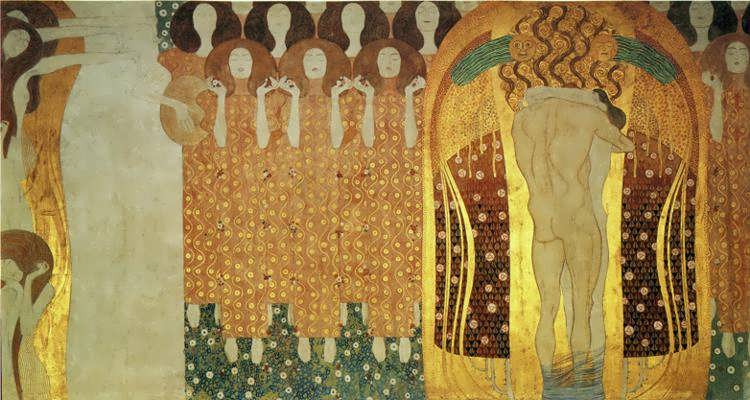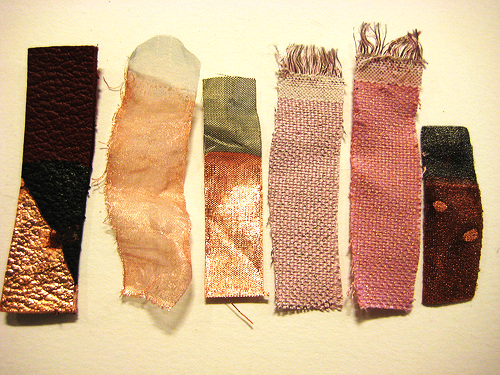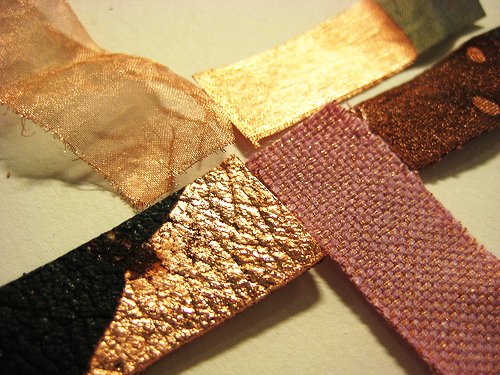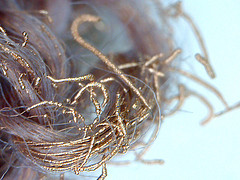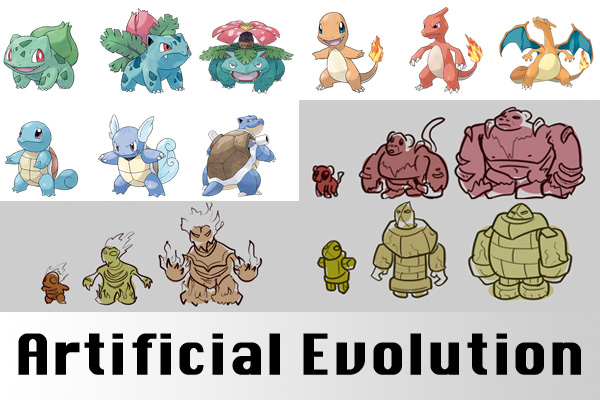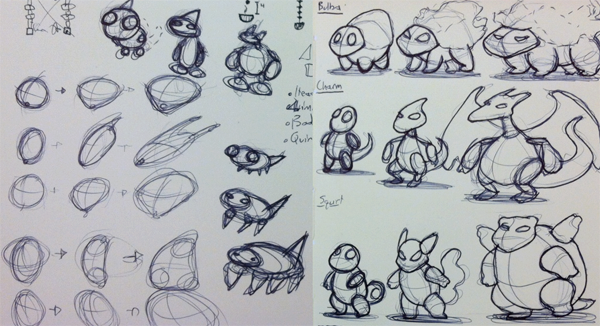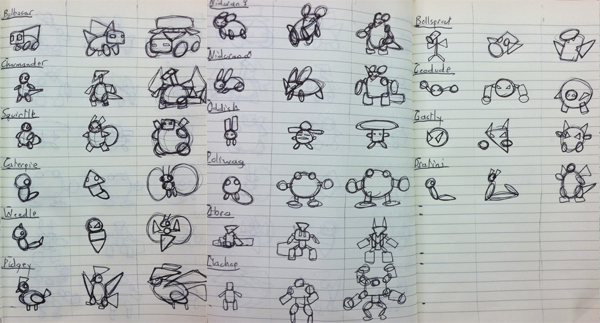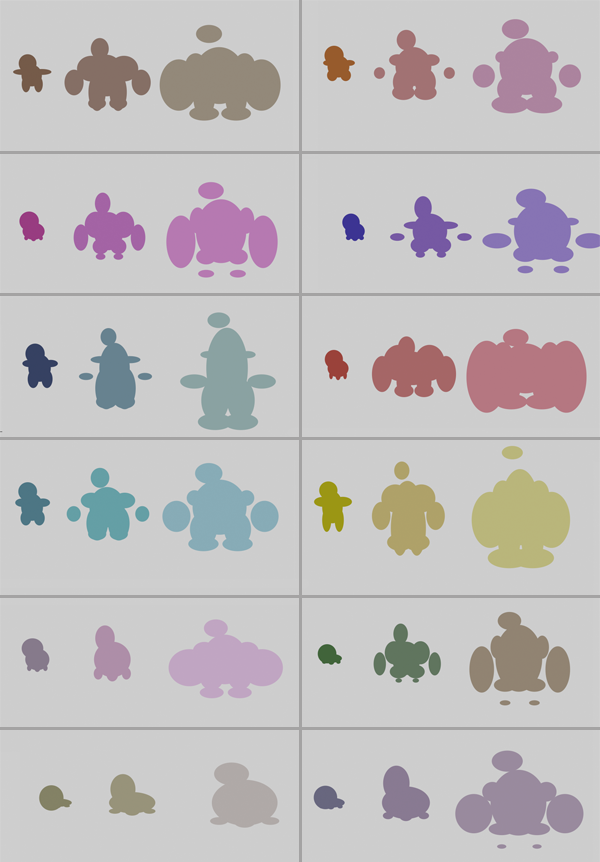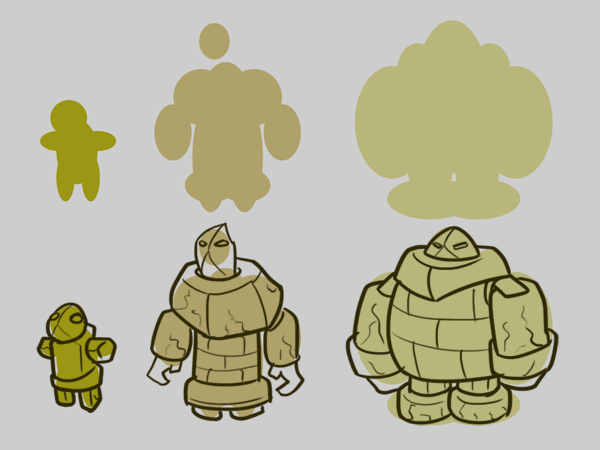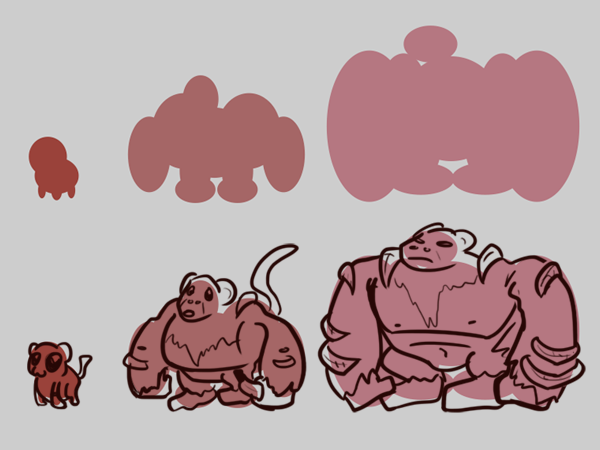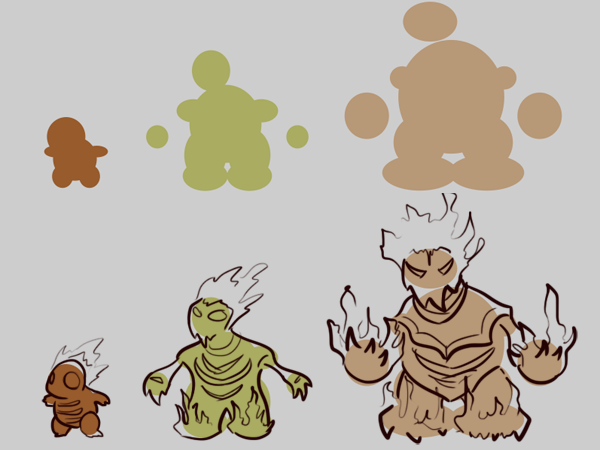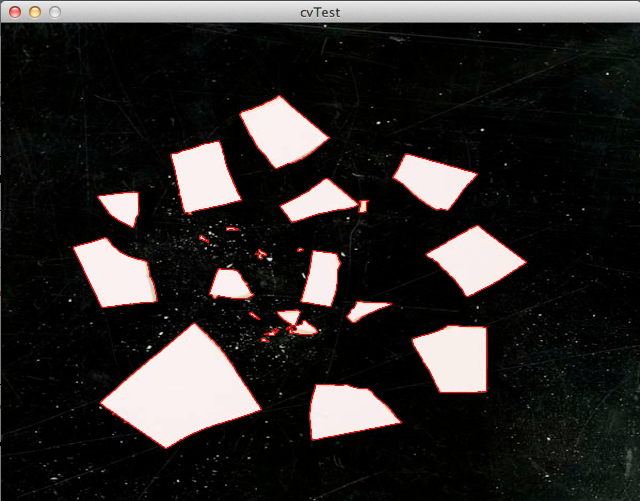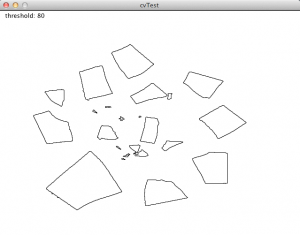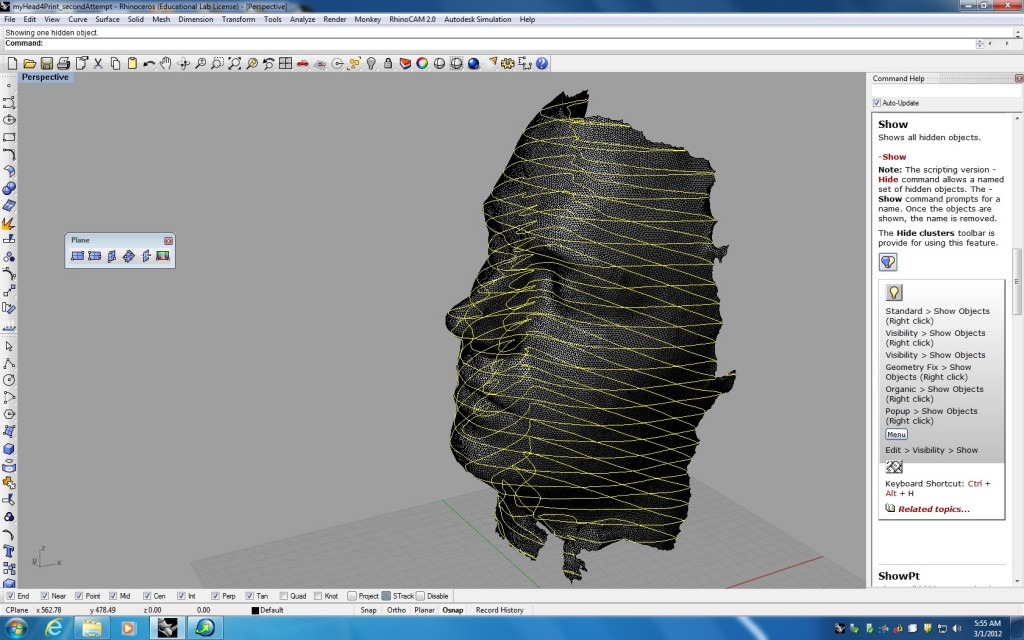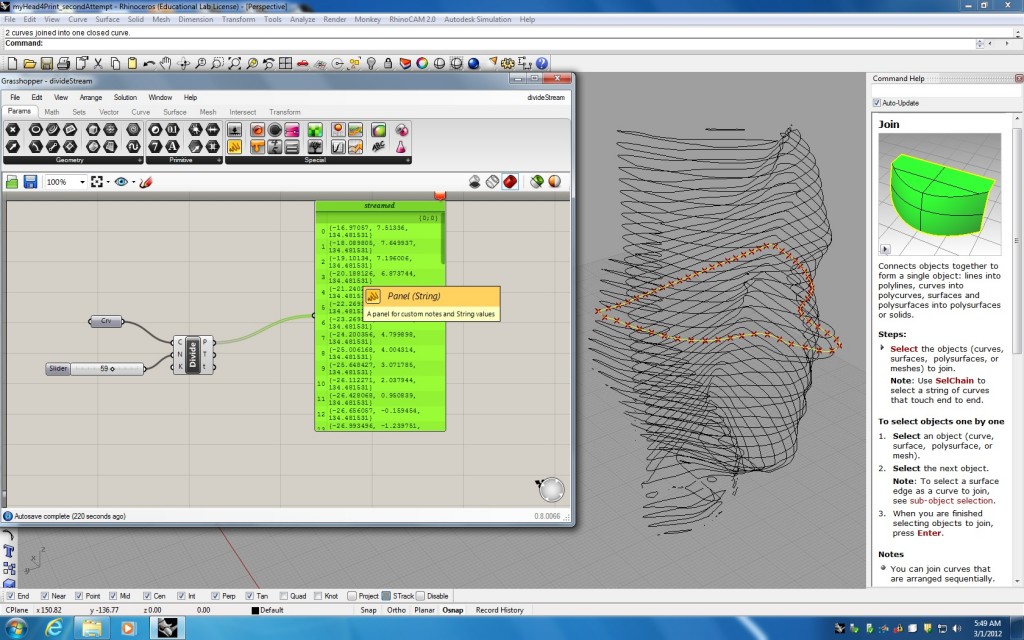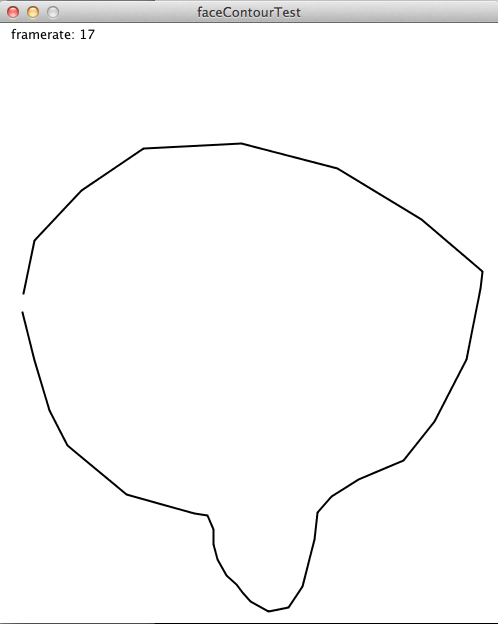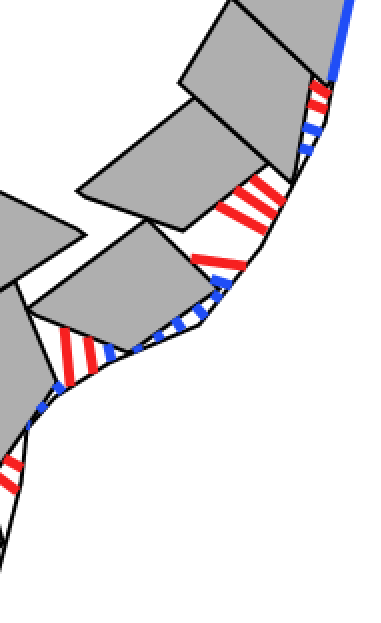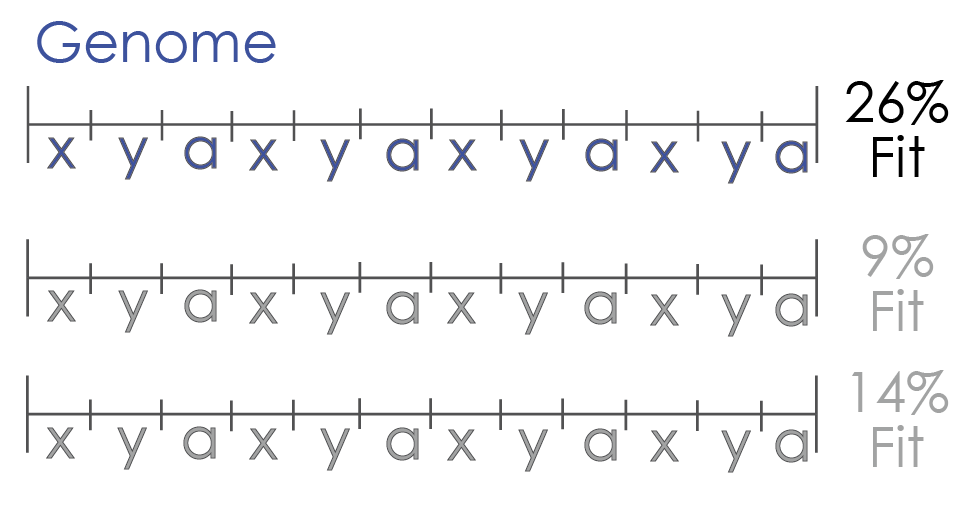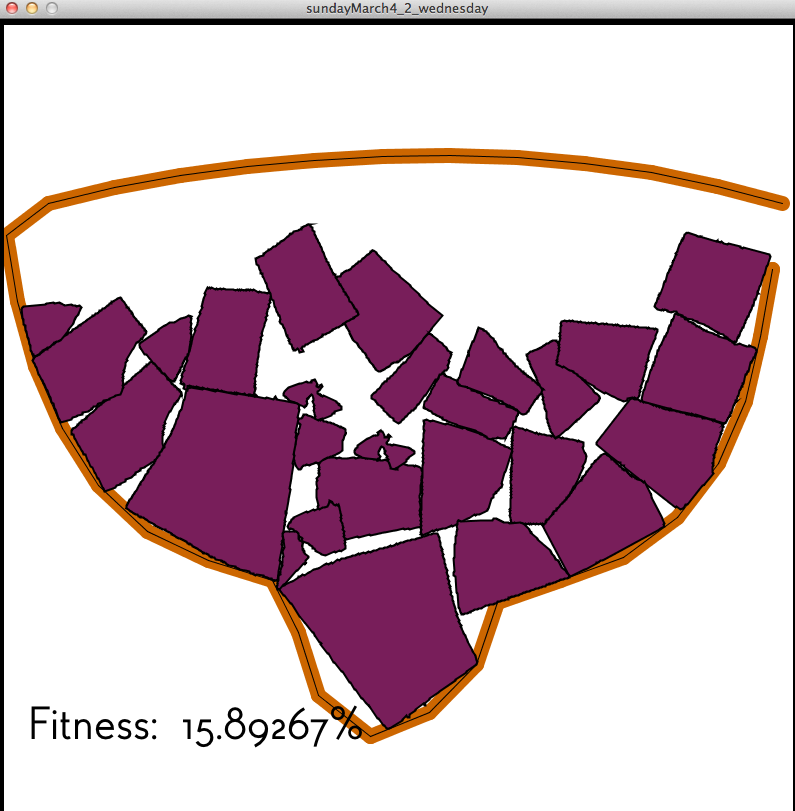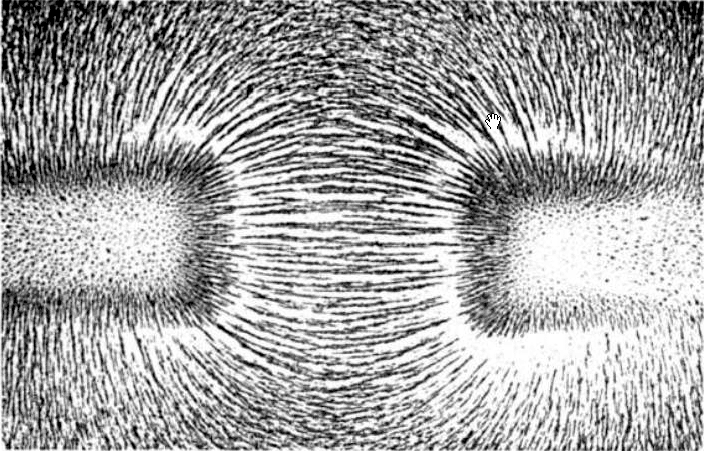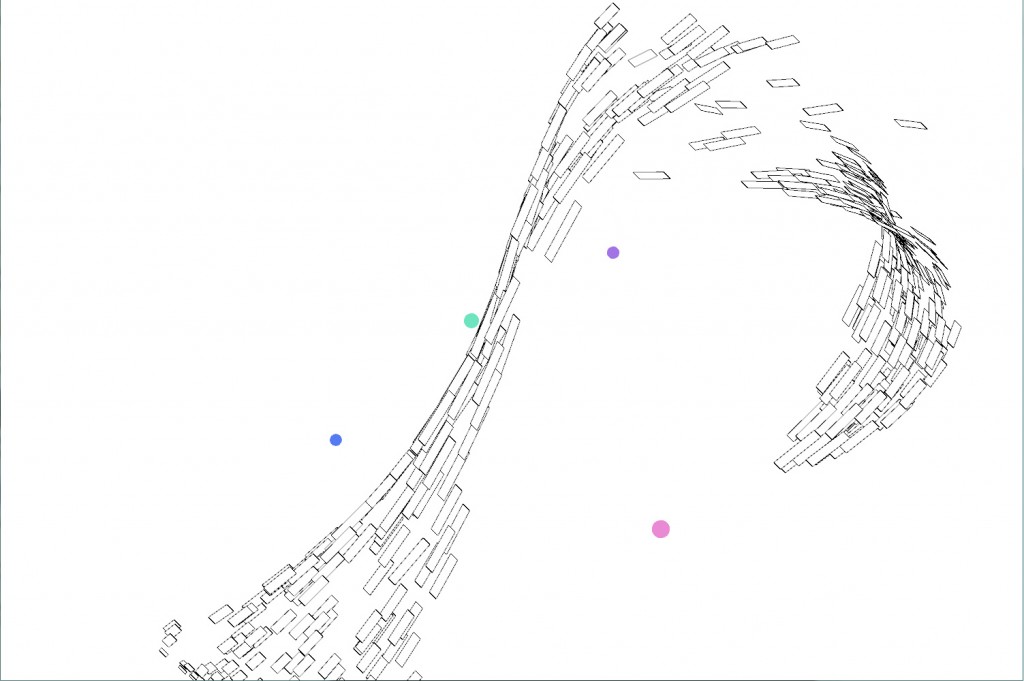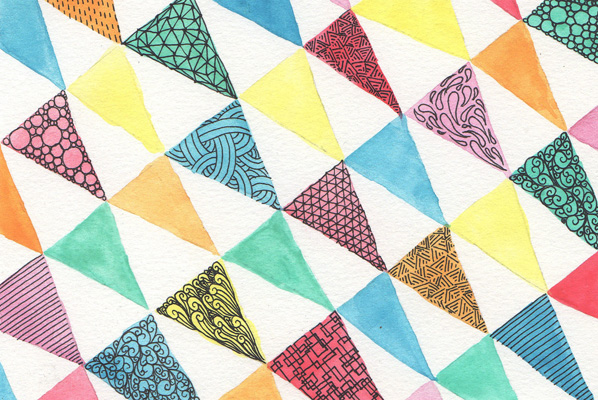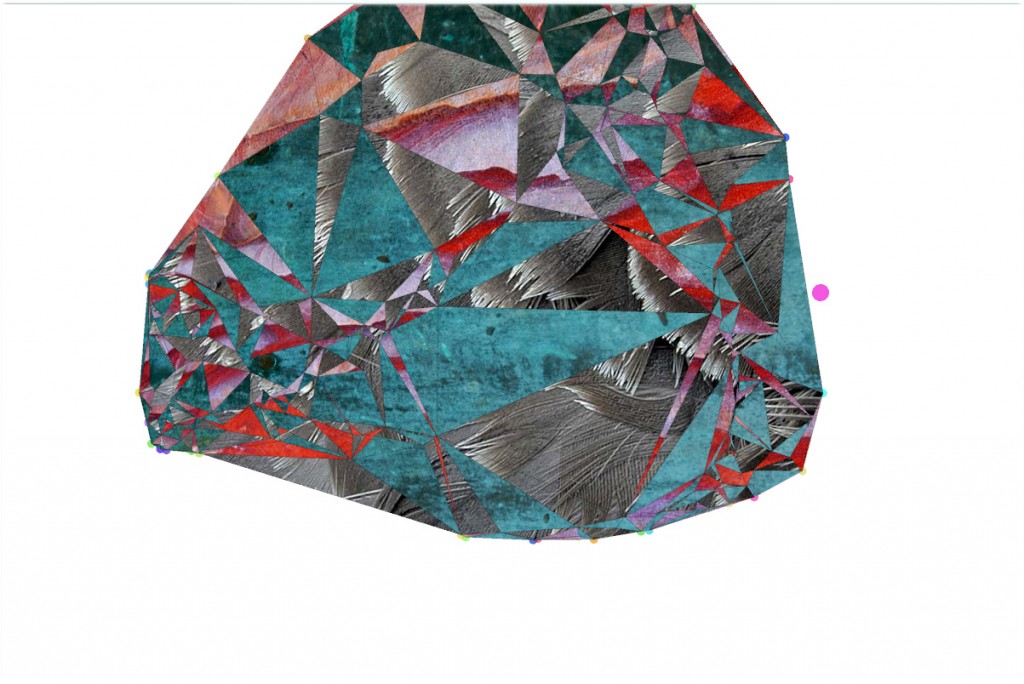Looking Outwards

Soak, Dye in light. by everyware (2011)
In this project, there is a large, elastic canvas. When an observer pokes it, a Kinect notices this distortion and then uses a GPU to calculate a pattern of paint “soaking” based on an accelerated cellular automata algorithm. It is touted as a a new way to paint a canvas.
While I do think the paintings made using it look cool, I’m not sure that the person interacting with this artwork really has the fine grained control to make new artwork that it implies. Whereas I would think this would be a cool project for someone who doesn’t want to have much control over the colors on screen but wants to make something cool, e.g. a kid, I’m not sure someone who likes painting would really enjoy it. In that sense, it works as an art project, but maybe not as an interaction project.
The Poking Machine by Jasper van Loenen & Bartholomäus Traubeck (2012)
Continuing my poke-themed Looking Outwards, this project converts Facebook pokes (wait, is that still a thing?) into IRL pokes. The project consists of an ATtiny microcontroller programmed using the Arduino software, a servo (to move the poking nub), battery, and bluetooth module inside a box. This bluetooth module connects to an Android phone running Processing, a combination of platforms that is certainly sure to be free of bugs.
The cool demo video, in the art hacker aesthetic with upbeat music and lots of camera jumps focusing on the construction of the device, is nice to watch. However, I’m not sure it really shows us much about the design decisions, like the yellow lasercut box that seems a bit unsightly. Also, I question the choice of platforms, and whether Facebook pokes are still part of the public consciousness.
Van Gogh’s Starry Night Interactive by Petros Vrellis (2012)
This interactibve version of Starry Night normally uses Open Frameworks to basically animate the famous Van Gogh painting. However, when a person pokes the painting, they deform it. The painting is animated as if each stroke were a particle in a fluid simulation. The multitouch tracking is made possible using the OFXkinect library.
While also mostly poke-themed, I think this project succeeds more than the other two projects because it’s simply really cool to look at. I think the animation brings out the iconic characteristics of the original painting (the long strokes), making it appear in new ways. I like it.

